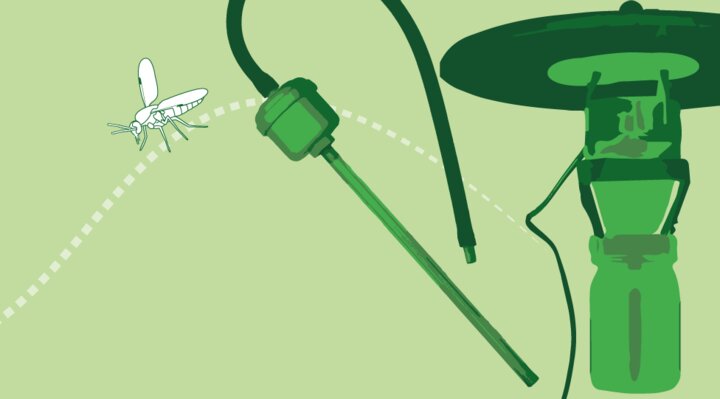Validating a standard trap design against explicit estimates of human biting rate for biting midges and sandflies in a region of Ghana endemic for Leishmaniasis
The aim of this project is primarily to validate CO2-baited CDC light traps against human landing catches for Culicoides and sandflies in Ho district, Ghana. In 2015, a newly identified species of Leishmania within the L. enrietti complex was found to be the causative agent of human Leishmaniasis in Ghana. Previous work has suggested that this species of Leishmania is transmitted by Culicoides and so collections made from human landing catches and light traps will help to determine which species of Culicoides are likely candidates for vectors.
Previous sandfly collections in the endemic foci of Leishmaniasis in Ghana have been predominated by Sergentomyia species, not considered a vector of Leishmania, with only two Phlebotomus species found in very small numbers. Culicoides have previously been suggested as having a role in the transmission of Leishmania in other countries and have been shown to support infection in laboratory studies.
With little known about Culicoides fauna in Ghana, combined with uncertainties over the bias in single trapping methodologies, this study will validate a CO2-baited CDC trap against human landing catches for collection of both human-biting Phlebotomines and Culicoides. This will allow for the characterisation of both Culicoides and sandfly fauna within a Leishmania-endemic area and in turn will greatly facilitate the study of this novel Leishmania transmission system.
Gnatwork 2021
Dr Marion England presented the outputs of the project to date at the Gnatwork 2021 conference on the 24th May.
